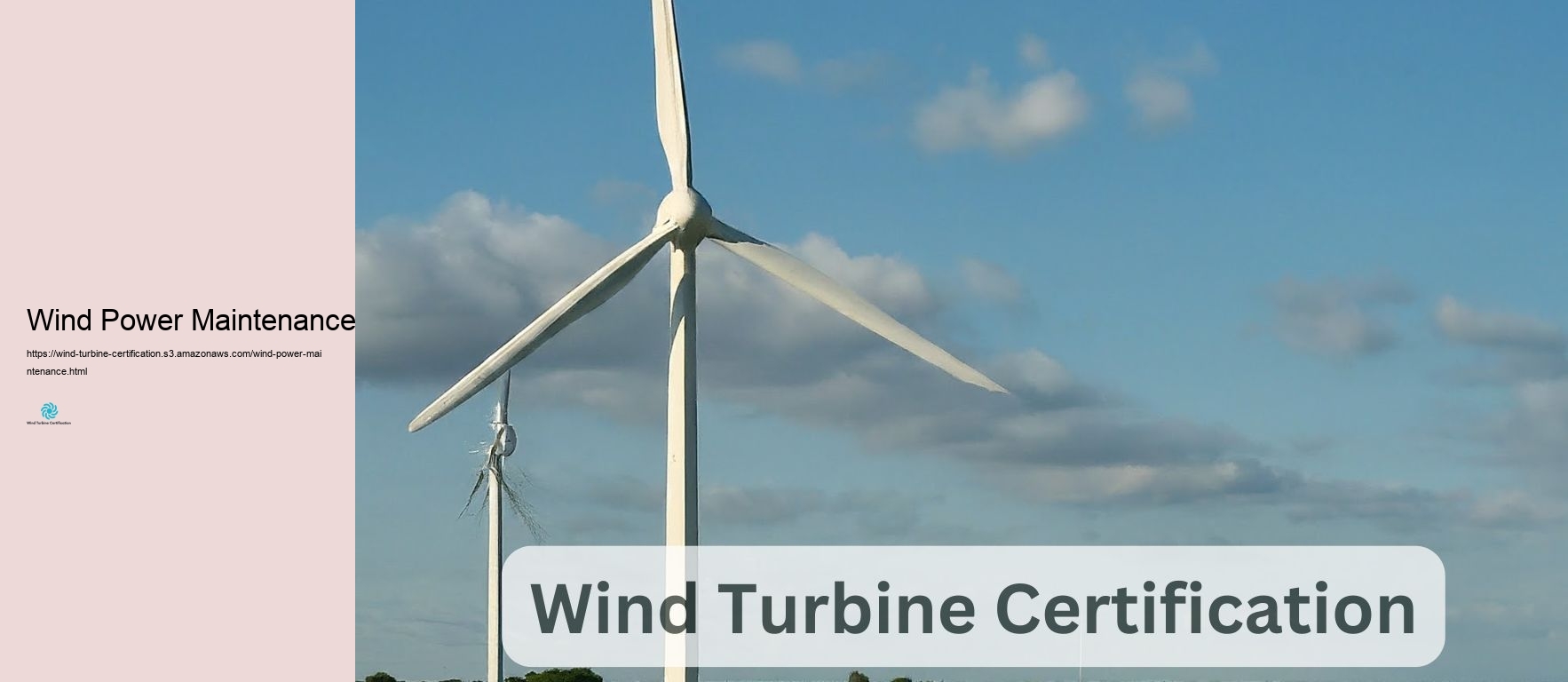

Wind turbine certification is an important procedure in the wind energy industry that makes certain wind generators satisfy specific demands for safety and security and protection, performance, and stability. This substantial certification process consists of exhausting screening and evaluation of wind turbine designs, components, and creating procedures to confirm compliance with globally criteria and regulations. Wind Power Maintenance The main unbiased of wind turbine certification is to offer assurance to stakeholders, including task designers, plutocrats, and controling bodies, that a specific wind turbine version appropriates for its designated use and can endure the environmental issues it will certainly experience throughout its operational life time. Certification helps in decreasing threats associated with wind energy tasks and promotes the complete top quality and dependability of wind turbine contemporary technology. There are a variety of type of wind turbine qualifications, with type certification being one of one of the most common and substantial. Kind certification validates that a specific wind turbine version is made, made, and examined according to appropriate demands and standards. This procedure typically consists of numerous analysis elements, such as layout basis evaluation, wind turbine style evaluation, type testing, making analysis, and last assessment. The design basis analysis analyzes the environmental and practical problems under which the wind turbine is expected to run. This consists of variables such as wind prices, disturbance, temperature degree arrays, and various other site-specific troubles. The wind turbine layout evaluation examines the turbine's architectural, mechanical, and electric elements to warranty they satisfy the needed demands and can endure the anticipated lots and tensions. Type screening is an important part of the certification process, requiring physical examinations on a design or production unit of the wind turbine. These exams assess numerous aspects of the turbine's efficiency, consisting of power end result, sound wears down, and safety and security functions. Tons measurements are also carried out to validate the accuracy of the style estimates and simulations. The manufacturing assessment warranties that the production processes and quality assurance actions suffice to frequently create wind turbines that satisfy the qualified design requirements. This may '' require manufacturing center assessments and audits of the producer top quality administration system. In addition to kind certification, part certification is furthermore readily available for significant wind turbine components such as blades, gearboxes, and generators. Component certification follow a similar procedure to type certification yet concentrates on private components as opposed to the whole turbine system. For little wind wind turbines, which are usually used in dispersed generation applications, certification treatments may be rather different however still function to validate performance, protection, and durability. Little wind turbine certification normally consists of screening to specific criteria established for smaller sized systems, such as those outlined by the International Electrotechnical Payment(IEC)or across the country standards firms. Wind ranch certification is an extra crucial aspect of the wind power field, especially for big work. Wind Turbine Maintenance This procedure testimonials the whole wind cattle ranch, including the web site troubles, turbine suitability for the specific place, help structures, and electric systems. Wind farm certification aids assurance that the job all at once fulfills safety and performance demands and can be specifically essential for overseas wind ranches, which manage unique obstacles because of their marine environment. Certification bodies play an important function in the wind turbine certification process. These companies are generally approved by across the country or global authorities to do certification tasks. Well-known certification bodies in the wind power market consist of DNV GL, TÜV SÜD, and ClassNK, among others. These firms utilize professionals in various locations connected with wind energy technology to execute thorough evaluations and tests. The needs made use of for wind turbine certification are mostly established by worldwide companies such as the International Electrotechnical Settlement (IEC)and the International Company for Standardization(ISO). The IEC 61400 collection of needs is particularly crucial for wind turbine certification, covering numerous elements of wind turbine layout, screening, and procedure. It's important to keep in mind that wind turbine certification demands can range countries and areas. While global criteria offer a common framework, some countries might have additional or details requirements that call for to be completely satisfied. As an example, in the USA, consistency with criteria well established by Underwriters Laboratories (UL) may be necessary for certain electrical elements of wind generators. The certification process can be lengthy and costly, yet it offers substantial benefits to manufacturers and the sector as a whole. Qualified wind generators are probably to be approved by task developers and sponsors, as certification lowers the seen risk connected with the contemporary innovation. Additionally, certification can help manufacturers recognize and take care of potential problems early in the development process, possibly preserving expenses in the future. As wind turbine modern-day innovation remains to development, with larger generators and advanced formats being created, certification processes have to also readjust. This includes establishing new testing methods and updating requirements to take care of emerging modern technologies such as drifting overseas wind generators. Wind turbine certification is a substantial and essential procedure in the wind power sector. It makes certain that wind generators fulfill high standards of safety and security, performance, and dependability, therefore
supporting the development and trustworthiness of wind power as a key component of the global renewable resource mix. By providing a common structure for examining wind turbine contemporary innovation, certification assists construct confidence amongst stakeholders and adds to the overall success and sustainability of wind energy tasks worldwide.
Obtaining wind turbine certification is an extensive procedure created to make sure that wind wind turbines please details requirements and guidelines, guaranteeing their safety, performance, and dependability. This considerable introduction describes the important needs for acquiring wind turbine certification, highlighting the value of each action in the procedure. Kind certification is a vital need for wind generators, verifying that they are made, manufactured, and tested to stick to information needs or requirements. This component analyzes the format presumptions and requirements taken advantage of in creating the wind turbine. It warranties that the style is based upon audio engineering concepts and fulfills the called for needs. This step checks out the detailed format of the wind turbine, including its mechanical, electric, and control systems. It confirms that the layout meets the technical requirements and market demands. Kind evaluating consists of performing physical tests on the wind turbine to confirm its efficiency and safety and security under numerous running problems. This includes evaluating for architectural security, electric efficiency, and sound levels. This component takes a look at the manufacturing procedure to assurance that it complies with the approved design papers. It contains inspections of the production facility and quality control procedures. The last examination consolidates all previous evaluations to validate that the wind turbine meets all certification needs. This phase involves an extensive testimonial of all documents and test outcomes.
Empower your wind energy projects with certified wind turbines! 🌍💨 Our comprehensive certification ensures top-notch safety, performance, and reliability, helping you build a sustainable future with confidence.https://t.co/Xa7LZ7nRLC
— Turbine Training And Operation (@turbinetraine) August 20, 2024
Wind turbine certification plays an essential duty in the renewable energy sector, supplying assurance of safety and security, performance, and integrity for wind energy tasks worldwide. As the international requirement for neat energy continues to expand, certification has in fact become an essential process that benefits providers, designers, capitalists, and customers alike. At its core, wind turbine certification is a comprehensive evaluation process that validates that a turbine model fulfills details standards and needs. This procedure usually consists of layout analysis, kind screening, producing evaluation, and last analysis. By obtaining certification, wind turbine producers show that their things have actually carried out difficult screening and abide by international needs, such as those well-known by the International Electrotechnical Repayment (IEC). Among the vital advantages of wind turbine certification is the enhancement of safety and security. Qualified generators have been extensively analyzed for building honesty, electric systems, and control devices, making sure that they can withstand countless environmental problems and run securely throughout their life-span. This focus on safety and security not just shields employees and bordering locations yet likewise assists to develop public count on wind power contemporary technology. Certification likewise plays an essential duty in effectiveness confirmation. With standard screening therapies, qualified generators offer reputable info on power result, effectiveness, and energy production. This information is essential for task programmers and capitalists, allowing them to make enlightened decisions and precise forecasts about the financial feasibility of wind power jobs. Qualified performance info likewise helps in safeguarding financing, as loan provider and financiers have higher positive self-image in the honesty of certified generators. For producers, certification gives a competitive advantage in the around the world market. As the wind energy market happens increasingly international, having in fact approved products enables producers to go into new markets a lot more easily. Lots of nations and areas call for certification as a need for turbine installation or to obtain incentives and help. By acquiring certification, manufacturers show their commitment to premium and compliance with worldwide requirements, which can be a considerable factor in winning agreements and expanding market share. The certification treatment additionally drives advancement and continuous restoration in wind turbine modern technology. As manufacturers work to meet and surpass certification demands, they generally develop brand-new developments and improve existing designs. This ongoing advancement lead to much more trustworthy, reliable, and affordable wind turbines, at some point profiting the whole renewable resource industry. Certification includes in the overall integrity and long life of wind power tasks. Licensed turbines have actually experienced thorough screening for strength and performance under various conditions, which converts to reduced downtime and maintenance expenses over the life of the job. This boosted integrity is especially vital for overseas wind cattle ranches, where repair and maintenance can be testing and pricey. From an ecological point of view, wind turbine certification help make certain that renewable energy tasks are truly lasting. Qualified generators are reviewed for their environmental impact, consisting of noise wears down and impacts on wildlife. This assessment aids in alleviating prospective negative affects and promotes accountable development of wind power sources. For task designers and operators, certification simplifies the treatment of turbine choice and task intending. The conventional method to certification shows that developers can a lot more promptly comparison various turbine variations and make informed selections based upon verified information. This streamlines the development treatment and reduces the hazard of choosing underperforming or inappropriate generators for information job websites. Capitalists and financial institutions additionally benefit considerably from wind turbine certification. The certification process deals a degree of due persistance that helps in minimizing financial investment risk. Qualified wind generators are more likely to do as anticipated, which increases the opportunity of tasks meeting their financial targets. This lowered risk can reason far more useful funding terms and improved capitalist confidence in wind energy jobs. Certification additionally adds in regulative consistency and plan advancement. Many federal governments and regulating bodies rely upon certification standards when creating plans and rewards for renewable resource. By lining up with these requirements, the wind power field can much better include with policymakers and supporter for encouraging regulatory frameworks. The value of certification reaches the worldwide initiative to manage atmosphere change. As nations strive to satisfy their renewable energy targets and minimize carbon exhausts, the reliability and performance of wind generators come to be gradually crucial. Qualified wind turbines contribute to the reliability of wind energy as a practical and sustainable choice to nonrenewable gas sources, supporting the bigger shift to tidy power sources. In the context of grid assimilation, licensed wind generators are much better prepared to accomplish the stiff needs of modern power systems. Certification typically includes assessment of a turbine's grid compatibility, making sure that it can run affectionately with existing electrical framework and include in grid security. As the wind power sector remains to progress, certification standards are additionally adjusting to address brand-new barriers and contemporary technologies. As an instance, the growth of bigger, far more reliable generators for offshore applications has resulted in the manufacturing of brand-new certification procedures particular to these ingenious designs. This repeating development of certification requirements assurances that the procedure continues to be significant and remains to drive field growth. Wind turbine certification is a structure of the renewable energy market, providing a structure for protection, honesty, and efficiency confirmation. It benefits all stakeholders in the wind power market, from providers and programmers to financiers and end-users. As the global demand for tidy energy continues to be to grow, the value of certification in ensuring the high quality, safety, and efficiency of wind wind turbines can not be overemphasized. By promoting standardization, driving innovation, and framework positive self-image in wind power modern technology, certification plays an essential task in increasing the shift to a long-term power future.
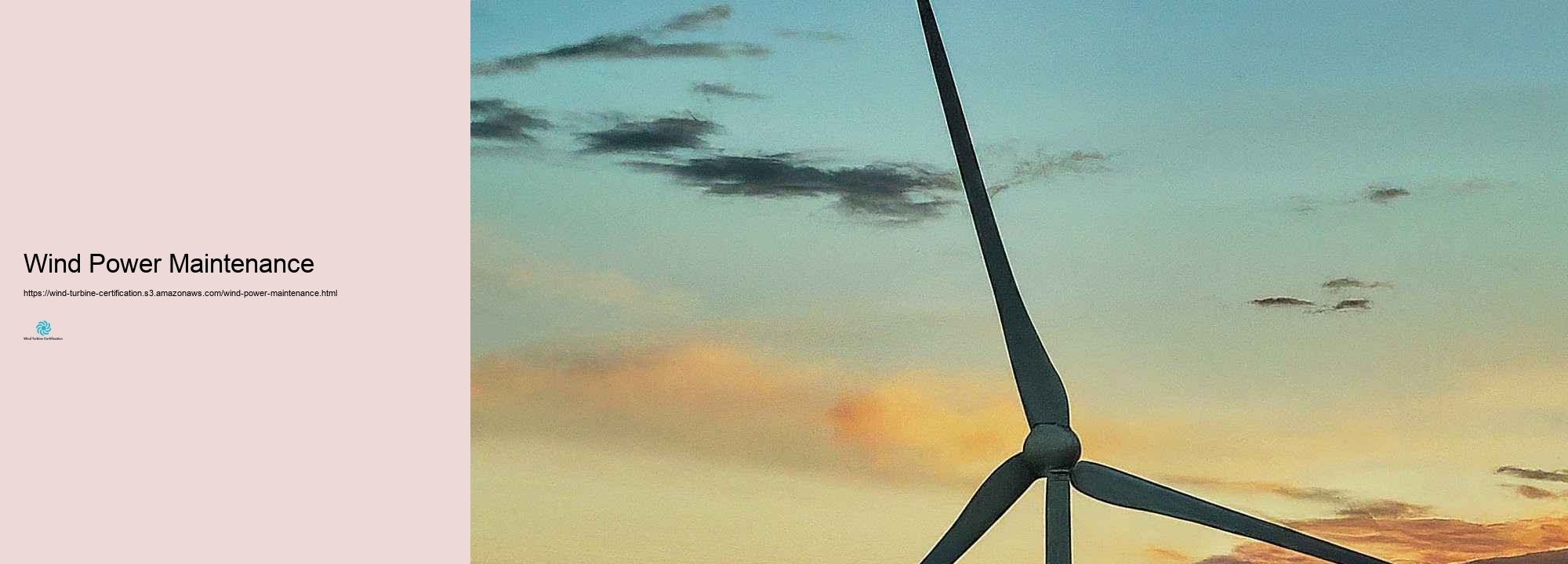
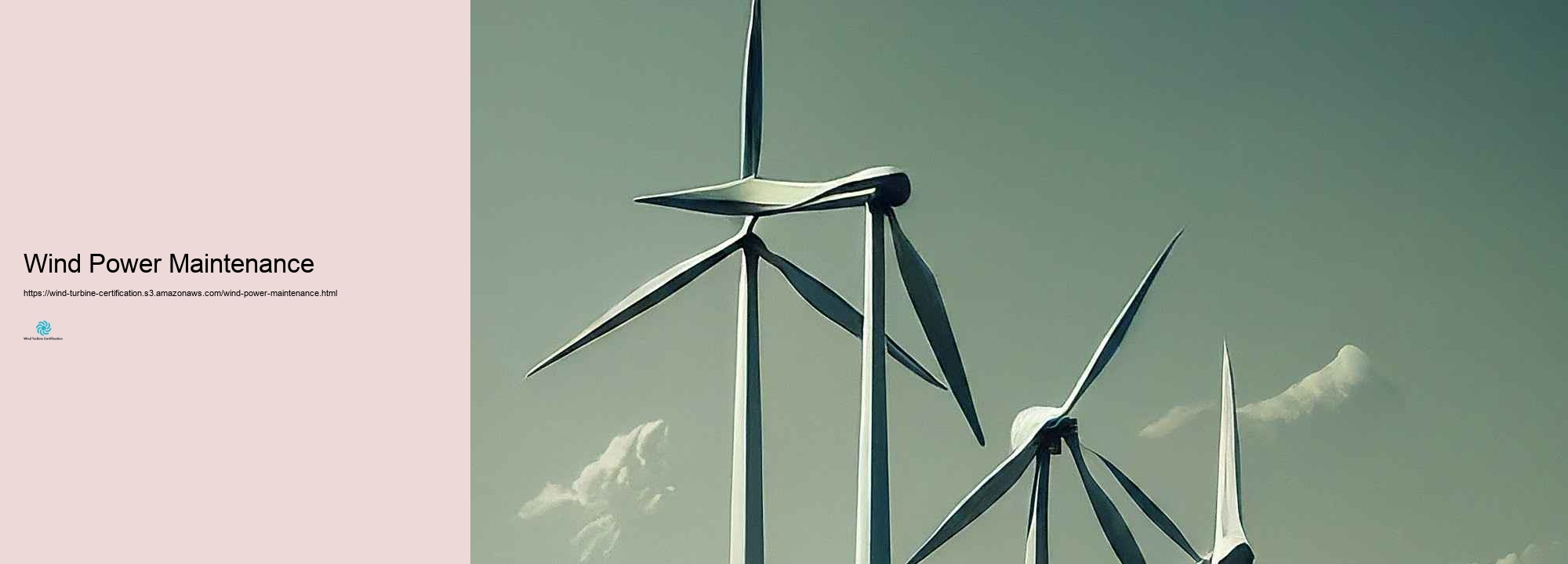
Wind turbine certification is a detailed process that makes sure wind generators are developed, made, and examined to satisfy specific needs and demands. This certification is crucial for suppliers to program the high quality, security, and performance of their items. The procedure normally involves numerous crucial steps, each playing a vital function in the complete certification. The key action in the wind turbine certification process is the style basis assessment. This initially stage entails taking a look at the fundamental anticipations, standards, and approaches made use of in the turbine'' ' ' s design. Certification bodies like TUV, DNV-GL, or Bureau Veritas analyze the design basis to make certain it align with market requirements such as IEC 61400-22. This action is essential as it develops the foundation for all subsequent evaluations and examinations. Complying with the format basis analysis, the adhering to activity is the style analysis. In this phase, the certification body confirms that the actual style of the wind turbine follow the licensed design basis. This includes an extensive evaluation of all technological elements of the turbine, containing structural parts, electric systems, control systems, and security functions. The design evaluation warranties that the turbine is in theory effective in standing up against the anticipated whole lots and operating troubles throughout its preferred life time. The producing evaluation is the 3rd significant activity in the certification procedure. This phase focuses on analyzing the quality control systems and making treatments utilized to create the wind turbine. Certification bodies carry out assessments of creating facilities and review excellent quality monitoring systems to make certain that the wind generators are being created routinely and according to the certified design. This step is important for maintaining the sincerity of the turbine from design to manufacturing. Type screening is most likely among the most arduous and visible component of the certification treatment. This action consists of a collection of field and laboratory examinations to confirm the turbine's efficiency, safety and security, and stability. Trick assessments contain power performance measurements, load dimensions, blade examinations, and acoustic noise assessments. These assessments are performed on a prototype of the wind turbine design under certification. The results of these tests are important in verifying the design calculations and making sure that the turbine carries out as prepared for under numerous running problems. Part certification can be an extra action in the treatment, specifically for necessary parts like transmissions, blades, or generators. This entails different screening and certification of these parts, which can be especially important for large or complicated turbine styles. Component certification can aid improve the general turbine certification procedure and deal added warranty of stability. The last assessment is the end result of all previous steps. In this phase, the certification body assesses all the data, test outcomes, and evaluations from the earlier phases. They check out whether all needs have been fulfilled and if any kind of issues acknowledged during the procedure have actually been effectively ' managed. If every little thing is acceptable, the certification body concerns the final type certification for the wind turbine layout. It's crucial to keep in mind that certification doesn ' ' t end with the issuance of the kind certification. Numerous certification plans contain provisions for periodic surveillance and re-certification. This makes certain that the created generators continue to be to meet the licensed design and quality standards in time. Manufacturers might need to go through routine audits and perhaps additional screening to maintain their certification. For wind cattle ranch jobs, there's frequently an added step of job certification. This includes analyzing exactly just how the qualified turbine styles will certainly perform in the specific problems of a desired wind ranch site. Job certification considers aspects like community wind problems, surface, grid link demands, and structure formats. Throughout the certification procedure, clear interaction in between the turbine producer and the certification body is necessary. Normal meetings and development analyses help warranty that any sort of worries are identified and dealt with immediately, staying free from hold-ups in the certification timeline. Distributors must be prepared to supply substantial documentation at each phase of the treatment. The timeline for wind turbine certification can vary considerably relying on the intricacy of the turbine design, the preparedness of the provider, and the certain certification scheme being complied with.
While the treatment can be lengthy and expensive, it offers essential assurance to stakeholders in the wind power industry, from suppliers and programmers to investors and regulatory authorities. As wind power continues to be to play a considerably critical feature in the worldwide power mix, the considerable certification treatment remains a foundation of the market growth and success.
When it involves wind turbine professional certifications, a number of relied on companies provide programs that are typically identified in the industry. These certification bodies play a vital task in developing and preserving requirements for wind turbine service technicians, making certain they have the needed skills and understanding to job safely and effectively in this quickly growing area. Amongst one of one of the most preferred certification bodies is the American Wind Energy Organization (AWEA). The AWEA supplies a thorough Wind Turbine Solution technician Certification program that is exceptionally worried in the market. This certification covers a range of topics, containing security and protection therapies, electrical systems, mechanical systems, and hydraulics. The AWEA certification process usually consists of ending up a training training course and passing a considerable exam. Many companies in the wind power industry choose or requirement technicians to hold this certification, making it a helpful credential for career advancement. Another well-respected certification body is the Worldwide Wind Organisation (GWO). While not especially concentrated on expert certification, the GWO establishes worldwide criteria for security and protection training in the wind sector. Their Standard Safety Training (BST) program is extensively acknowledged and often required by employers. It covers required abilities such as first aid, fire recognizing, operating at heights, and sea survival (for overseas wind specialists).
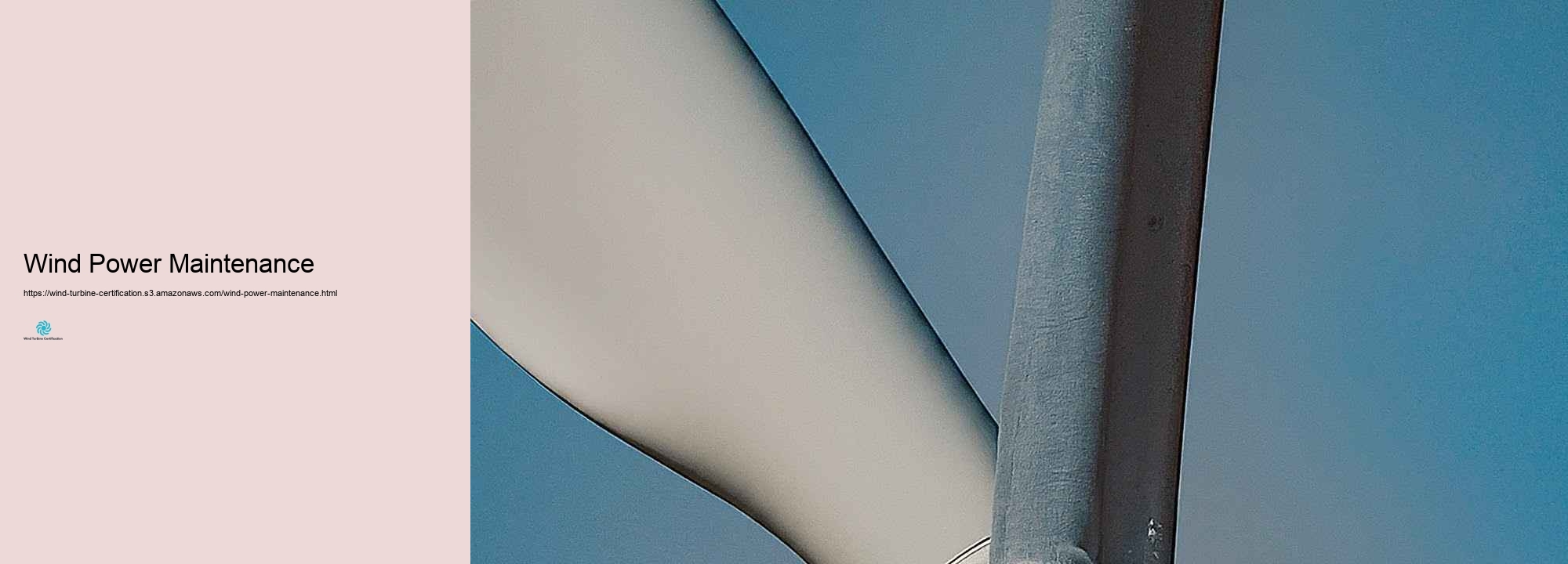
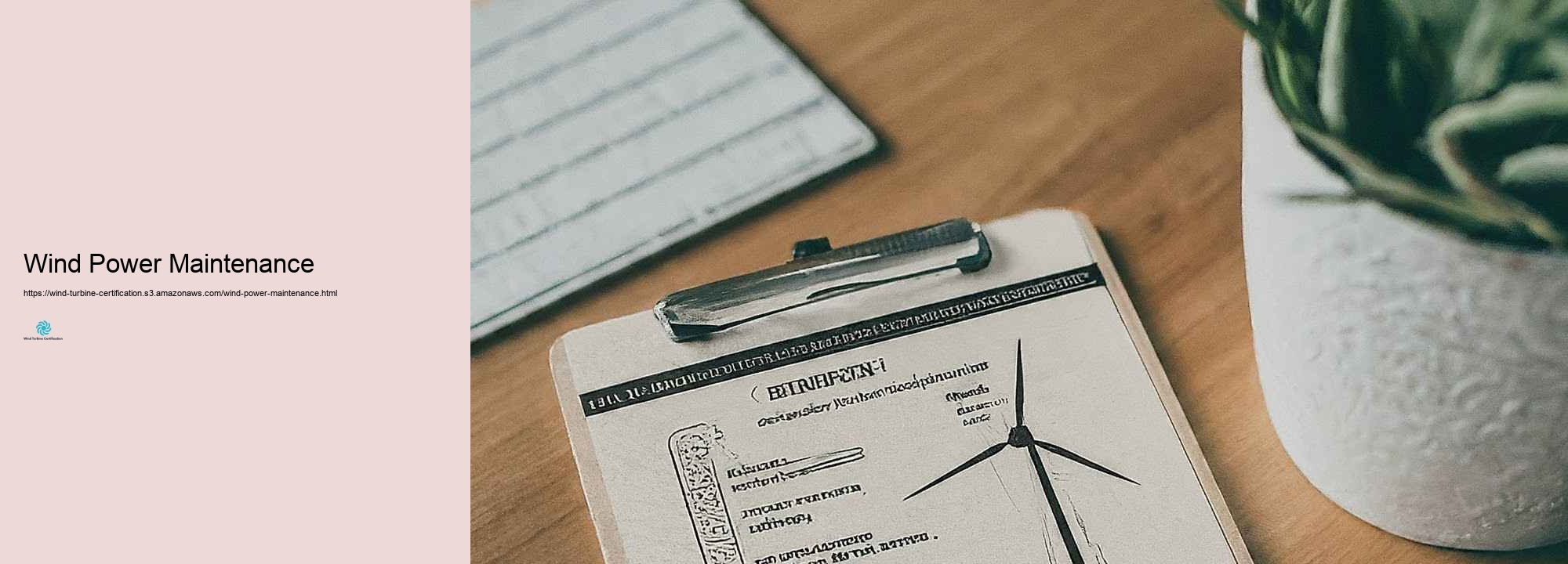
Wind turbine certification plays a critical role in ensuring the security and conformity of wind power systems, contributing dramatically to the field development and public approval. This considerable procedure includes countless elements of wind turbine format, making, and operation, all targeted at lessening threats and taking full advantage of performance in the hard environments where these structures are launched. At its core, wind turbine certification is about verifying that a turbine meets particular criteria and demands established by governing bodies and market business. These criteria cover a vast array of components, containing architectural sincerity, electrical systems, control systems, and environmental impact.
The wind power sector has in fact expanded considerably over the previous number of years, driven by the improving demand for renewable resource resources. As the industry increases, the relevance of making sure security, reliability, and performance of wind generators has become extremely important. Wind Power Maintenance International certification bodies play an essential responsibility in this procedure by developing and using criteria that make sure the high quality and safety and security of wind turbines. This article checks out the critical worldwide certification bodies involved in the wind power market and their roles in assuring consistency with worldwide criteria. The Worldwide Wind Organisation (GWO) is a philanthropic field company developed by leading wind turbine vendors and operators. GWO's major objective is to achieve an injury-free work environment in the wind turbine market through the launch of typical worldwide standards for safety and security training and emergency situation procedures. GWO requirements are produced by the field, for the market, ensuring that they are sensible and dependable in improving security and security and maintaining labor force growth. GWO deals different training requirements, consisting of Requirement Safety and protection Training( BST), Standard Technical Training(BTT), and Advanced Rescue Training(ART ). These requirements are made to make certain that wind turbine service technicians have the required capacities and expertise to do their tasks securely and efficiently. Certification bodies like NSF International Strategic Registrations (NSF-ISR) and ClassNK supply GWO certification to training business, ensuring that they satisfy the called for criteria and usage appropriate devices in an appropriate environment. UL Solutions is another prominent certification body in the wind power field, recognized around the world for its experience in security and security science. UL Solutions gives certifications for overseas drifting wind turbines, which are becoming considerably essential as the market actions towards much deeper waters. Their certification services include type certification, component certification, and grid code compliance certification. These certifications validate that wind generators are created, documented, and made in consistency with specific requirements and site problems, guaranteeing safety and security, reliability, and performance. UL Solutions furthermore usages turbine life expansion services, helping owners make enlightened decisions concerning procedures, upkeep, and repair work to enhance the worth of running wind residential properties. Their involvement in different nationwide and worldwide committees a lot more highlights their commitment to shaping the future of wind power with more protected and a lot more secure and protected advancement. ClassNK is a reputable certification body that provides services based upon the globally training standards established by GWO. ClassNK usages certification for training company based upon all GWO training standards, including BST, BTT, ART, and specialized training courses like Blade Repair Training. Licensed training business need to go through annual surveillance audits and recertification audits every two years to protect their certification. This laborious process assurances that training meets the best requirements, including in a more safe and far more experienced workforce in the wind turbine market. NSF-ISR is among the initial North American certification bodies to offer GWO certification to training business. Their auditors are specialists in the wind turbine market and can get ready for worries that could influence the audit experience. Certification programs that training distributors do training according to GWO criteria utilizing the needed equipment in an appropriate environment. Certified training company are noted on the WINDA information resource, giving direct exposure to wind turbine owner drivers, manufacturers, and market professionals seeking training business. International certification bodies play a vital function in making sure conformity with globally demands in the wind power industry. They establish and impose comprehensive demands that cover various elements of wind turbine design, manufacturing, setup, and operation. These standards make certain that wind generators are secure, reliable, and execute ideally under different environmental issues. As an example, type certification verifies that a wind turbine kind is developed, recorded, and made in conformity with specific requirements and internet site troubles. Part certification applies to major architectural, mechanical, and electric parts of wind turbines, validating that they satisfy applicable standards and technical demands. Grid code compliance certification ensures that wind generators please nationwide and global grid codes, facilitating their combination into power systems. Amongst the major features of worldwide certification bodies is promoting safety and safety and security within the wind turbine sector. By setting common worldwide requirements for security training and emergency treatments, these bodies help reduce the risk of injuries and fatalities amongst wind turbine experts. As an example, GWO's BST includes elements such as first aid, hand-operated managing, fire recognition, working at elevation, and sea survival. These components gear up service technicians with important abilities to deal with emergency situations properly. Certification bodies likewise support manpower growth by standardizing entry-level training throughout the sector. This standardization aids make certain that new professionals have a consistent degree of experience and abilities, which is vital for maintaining high security requirements and functional performance. Countless GWO members have standardized 30 % or much more of their entry-level training, revealing the influence of these standards on workforce development. Global certification bodies aid in market ease of access for wind turbine producers by providing recognized certifications that are accepted worldwide. UL Solutions qualifications, for instance, are acknowledged by regulatory bodies around the world, making it feasible for manufacturers to access worldwide markets a lot more swiftly. This acknowledgment increases the price to market for brand-new wind turbine contemporary innovations, adding to the development of the renewable energy sector.Global certification bodies such as GWO, UL Solutions, ClassNK, and NSF-ISR play an essential task in making certain consistency with worldwide requirements in the wind power market. By developing rigorous requirements for safety and security training, element premium quality, and grid combination, these bodies advertise security and protection, reliability, and performance in wind turbines. Their certifications boost market accessibility for manufacturers while sustaining workforce growth by means of standardized training programs.
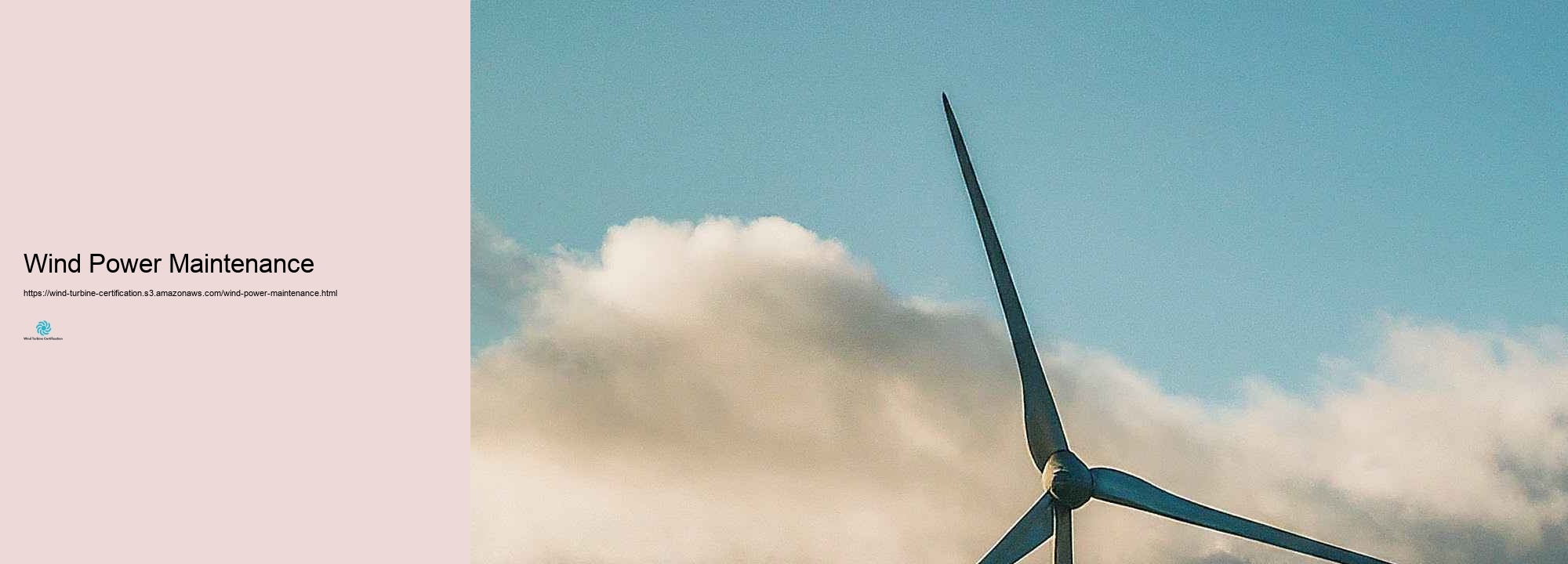
Wind Turbine Certification is a formal recognition that a technician or wind turbine system meets specific industry standards. It ensures safety, efficiency, and compliance with regulations, which is crucial for operating within the renewable energy sector.
Basic requirements include completing relevant training, gaining hands-on experience, and passing exams that test knowledge of wind turbine systems, safety protocols, and operational procedures.
The time required to become certified varies, typically ranging from a few months to over a year, depending on the program and the individual's prior experience.
Organizations such as the Global Wind Organisation (GWO), American Wind Energy Association (AWEA), and International Electrotechnical Commission (IEC) provide Wind Turbine Certification.
Obtaining Wind Turbine Certification enhances your credibility as a professional, opens up job opportunities in the wind energy sector, and ensures you are equipped to meet industry standards and safety requirements.